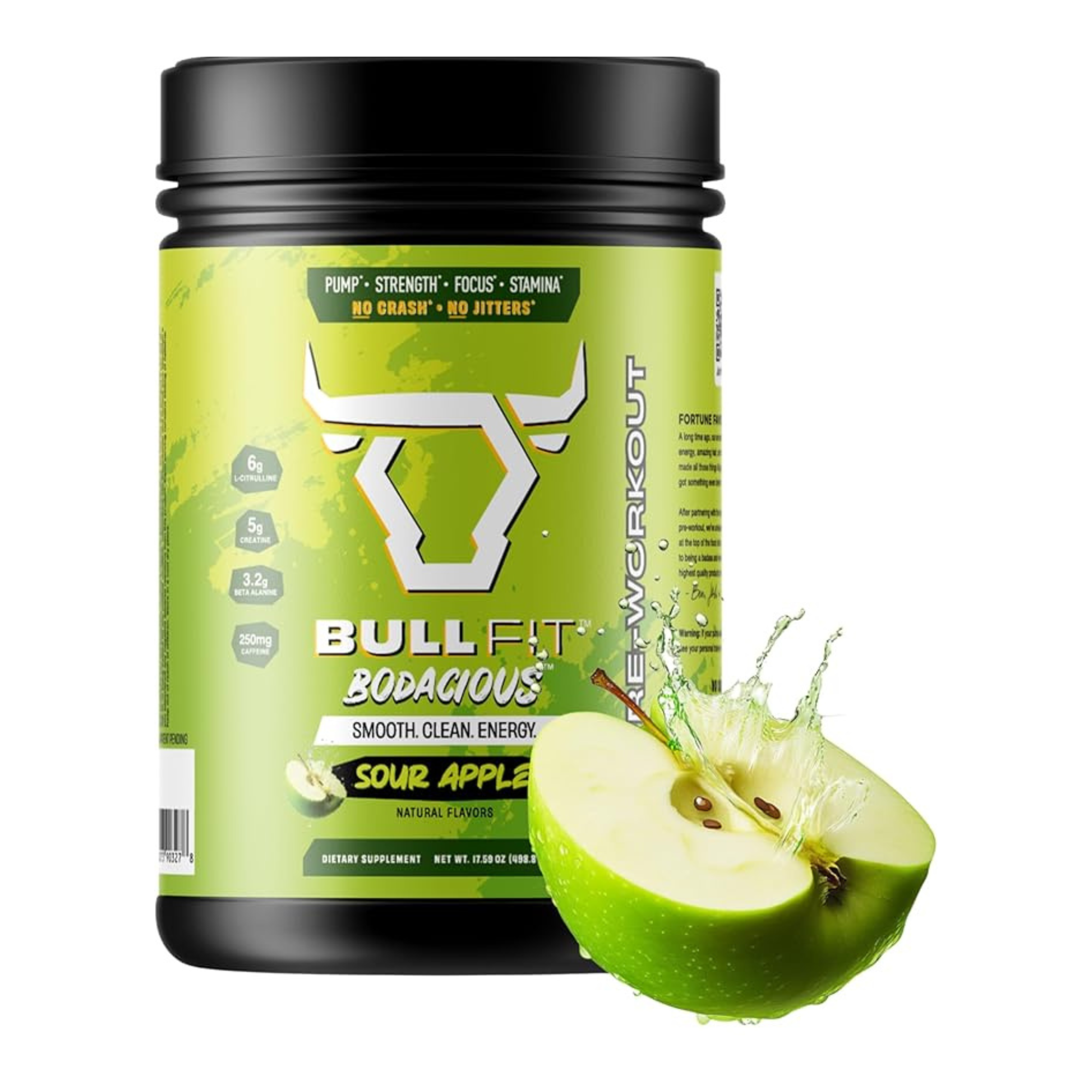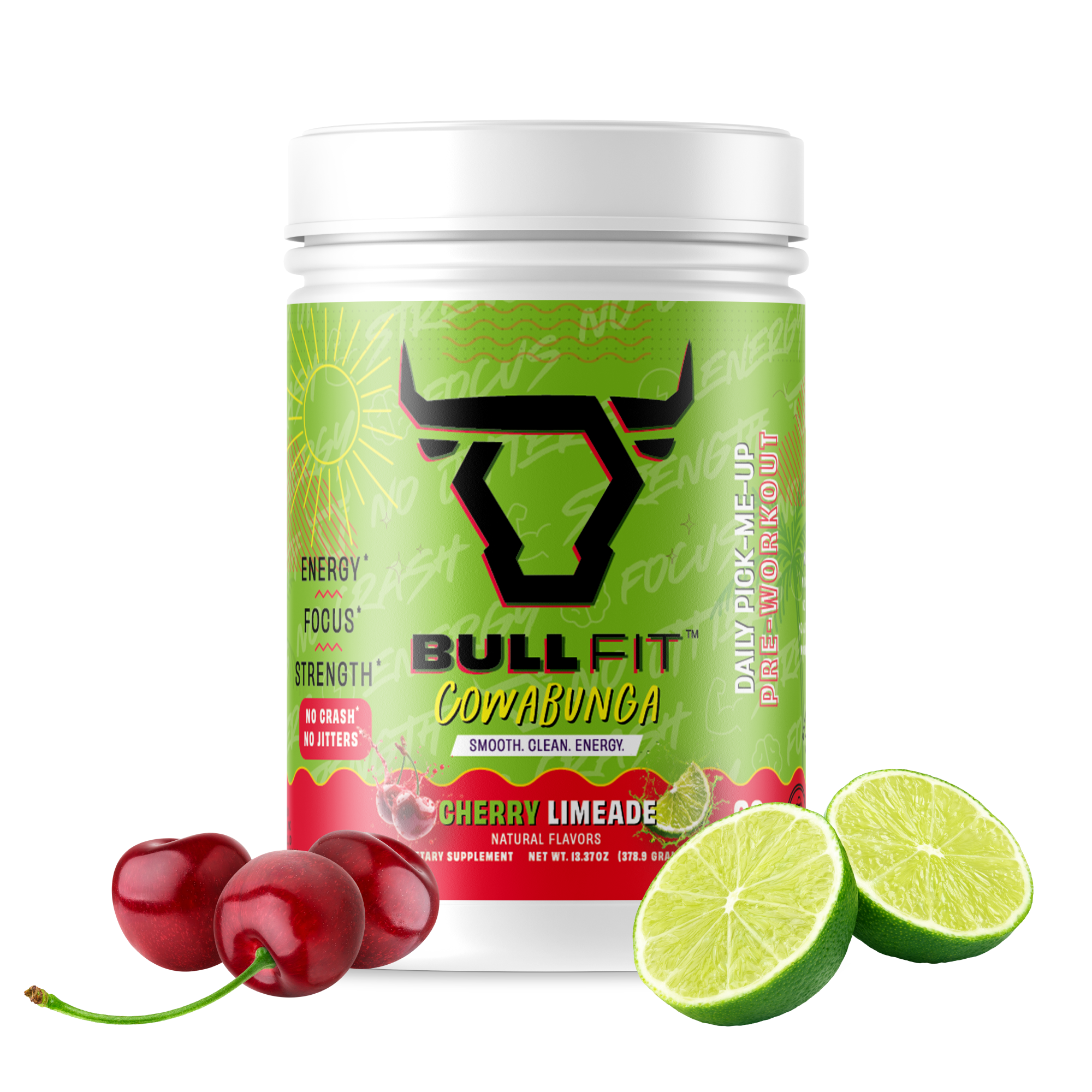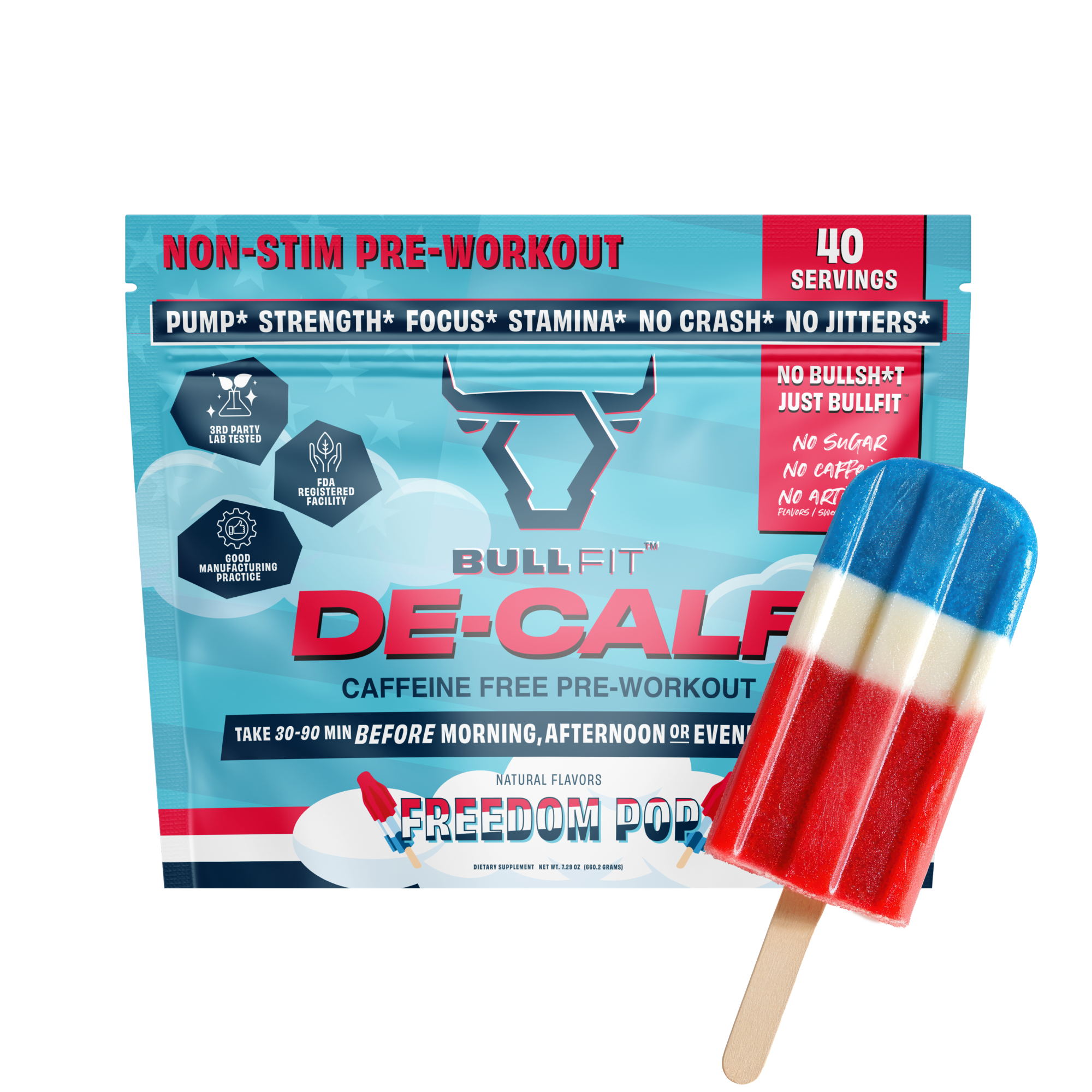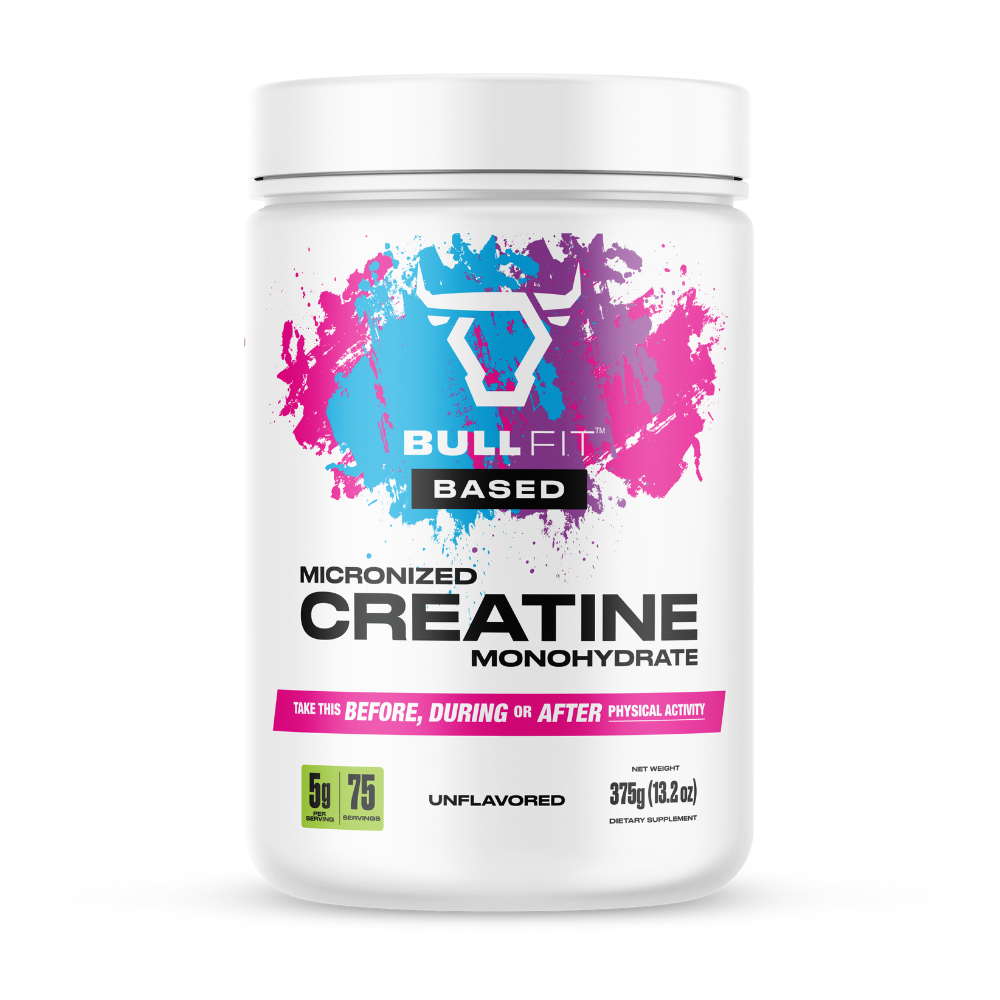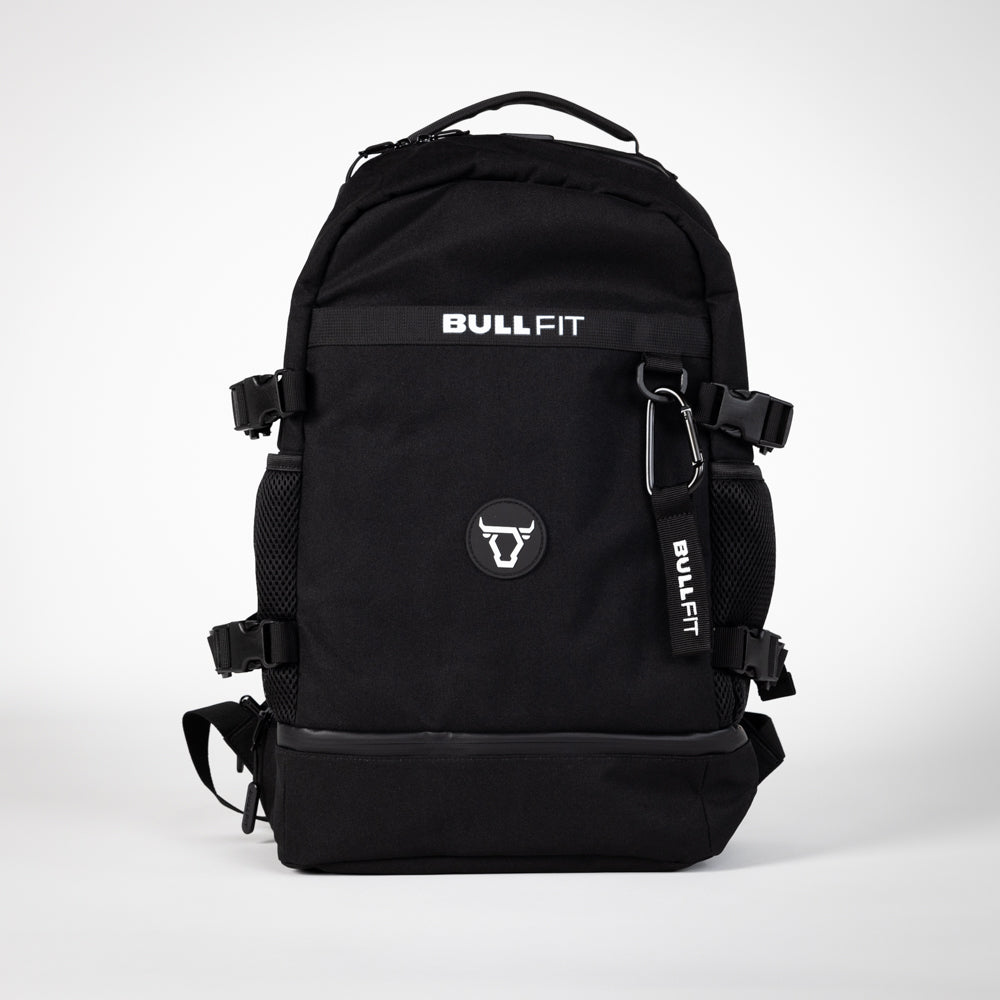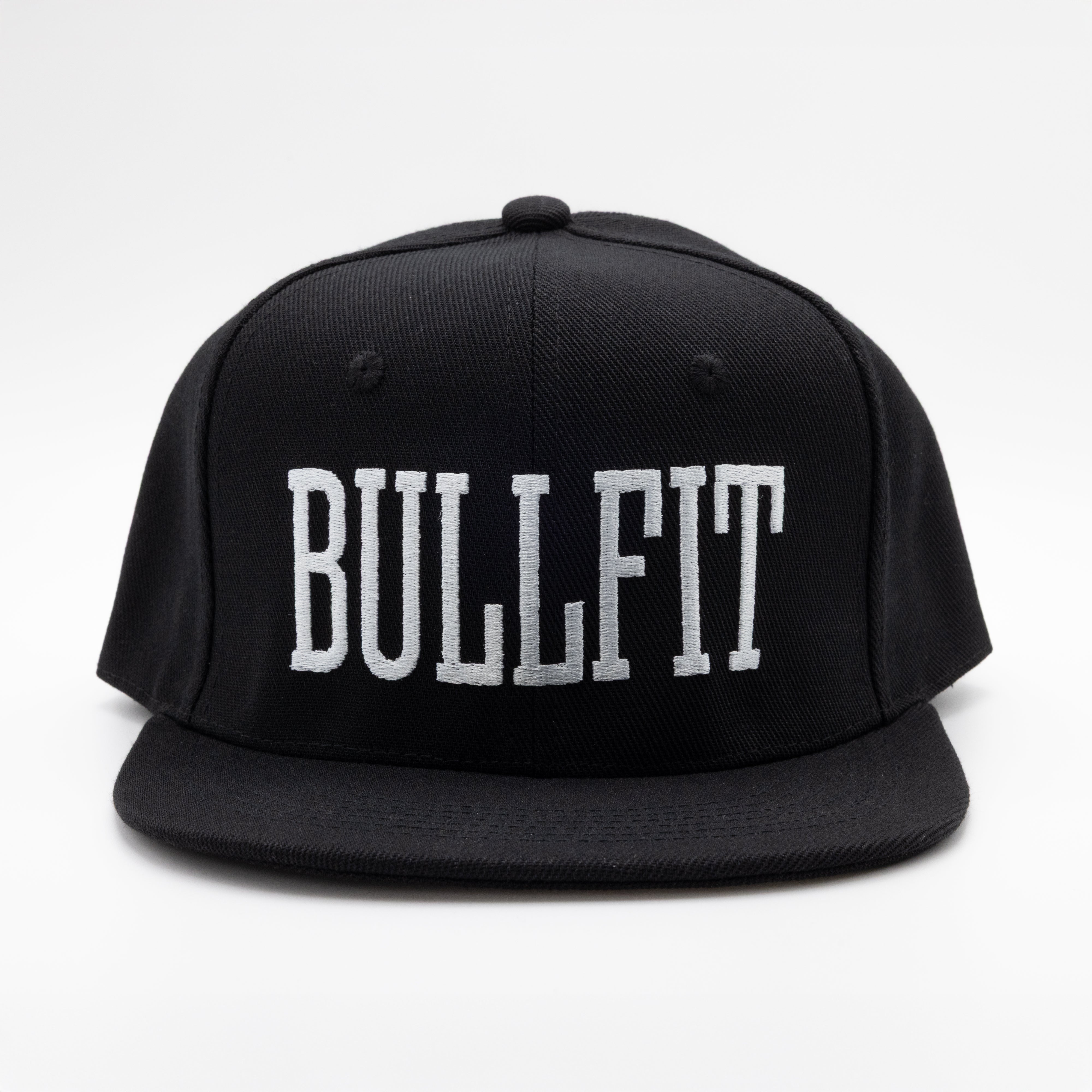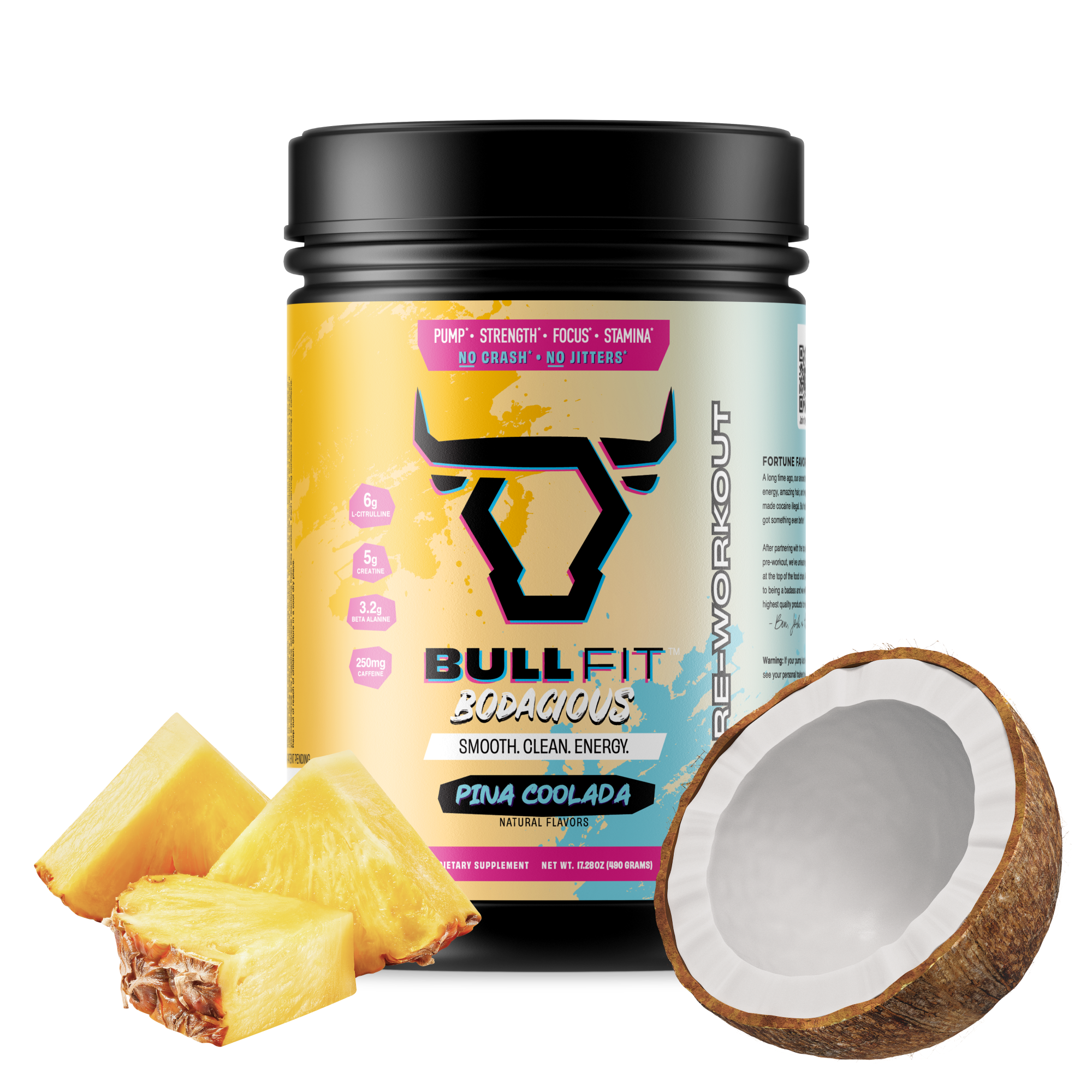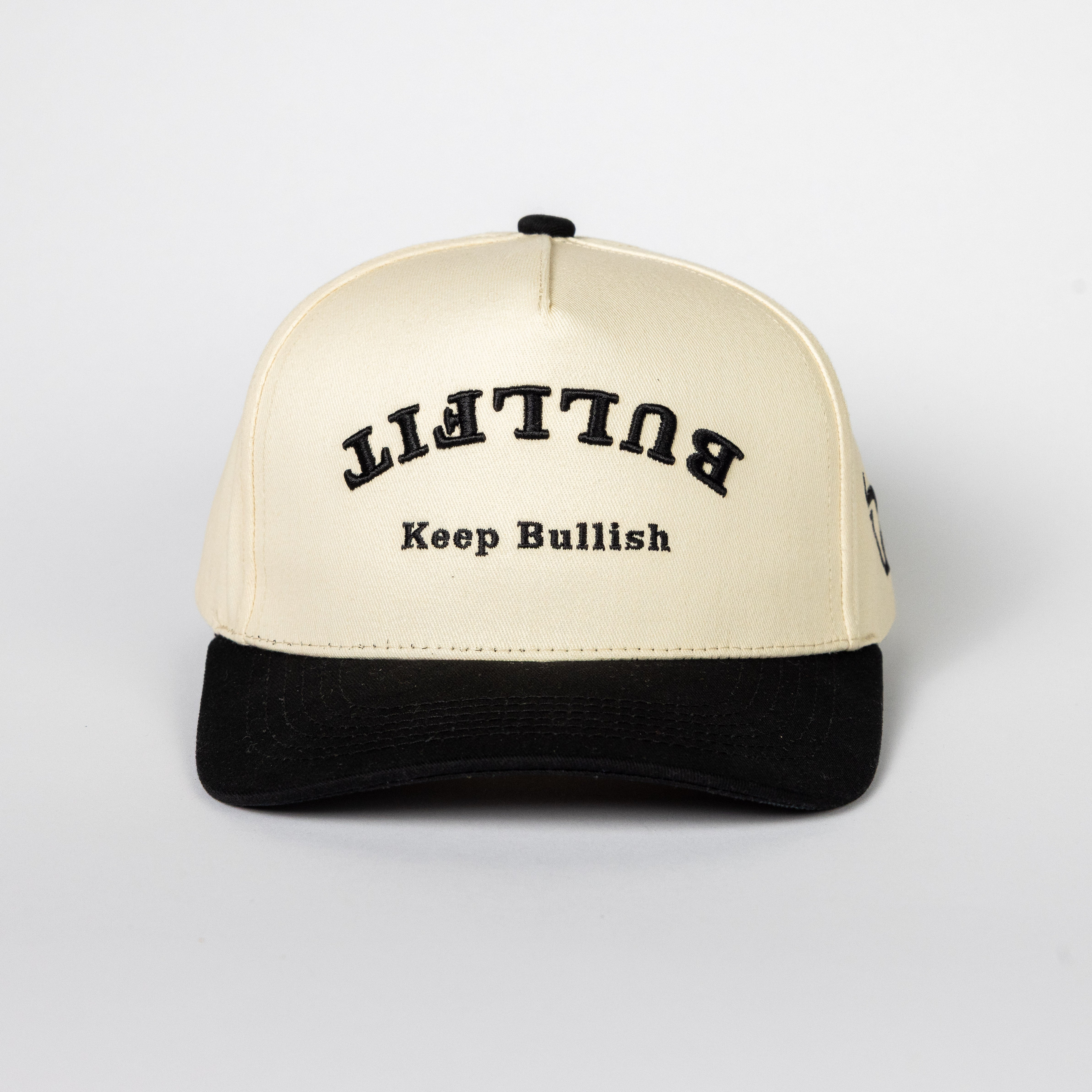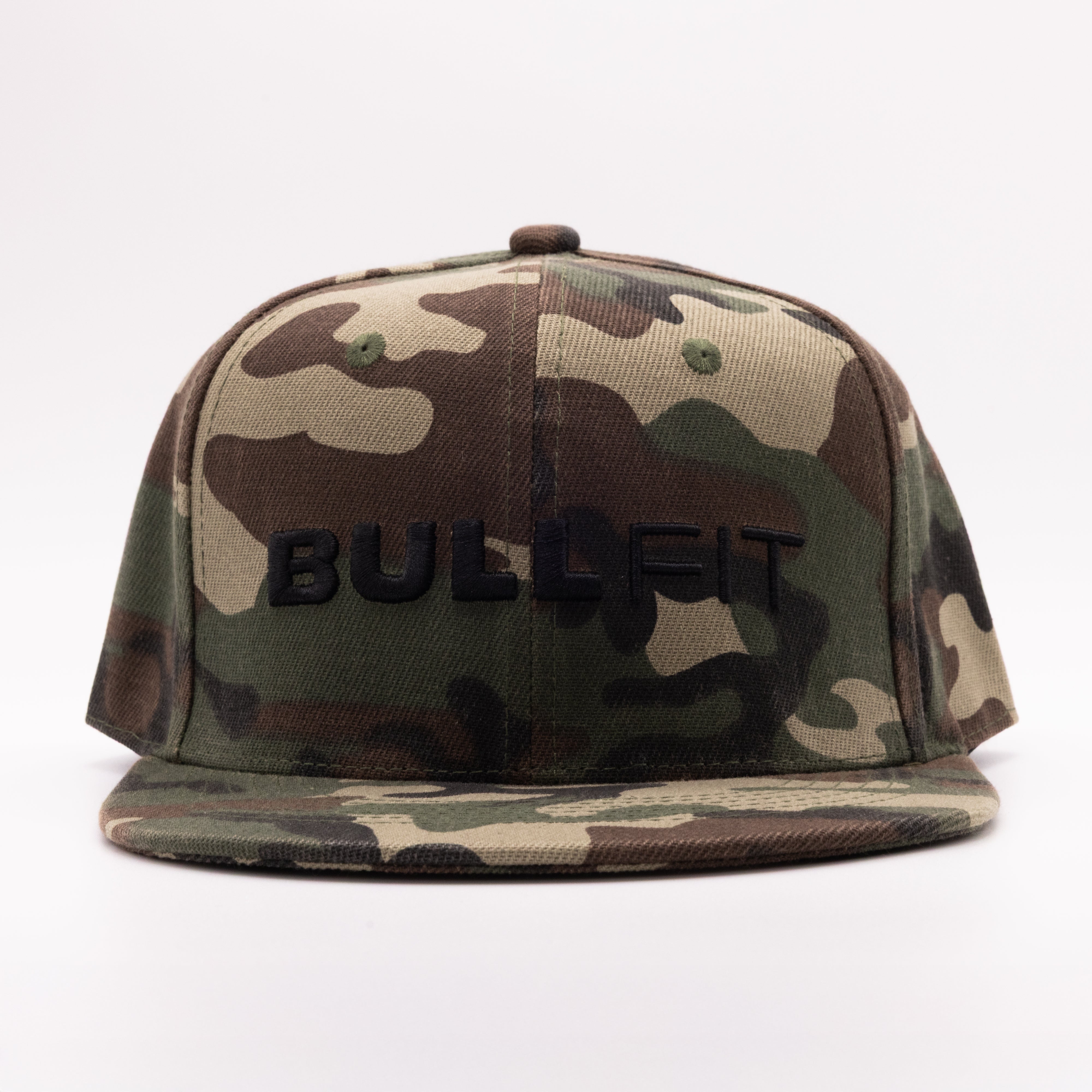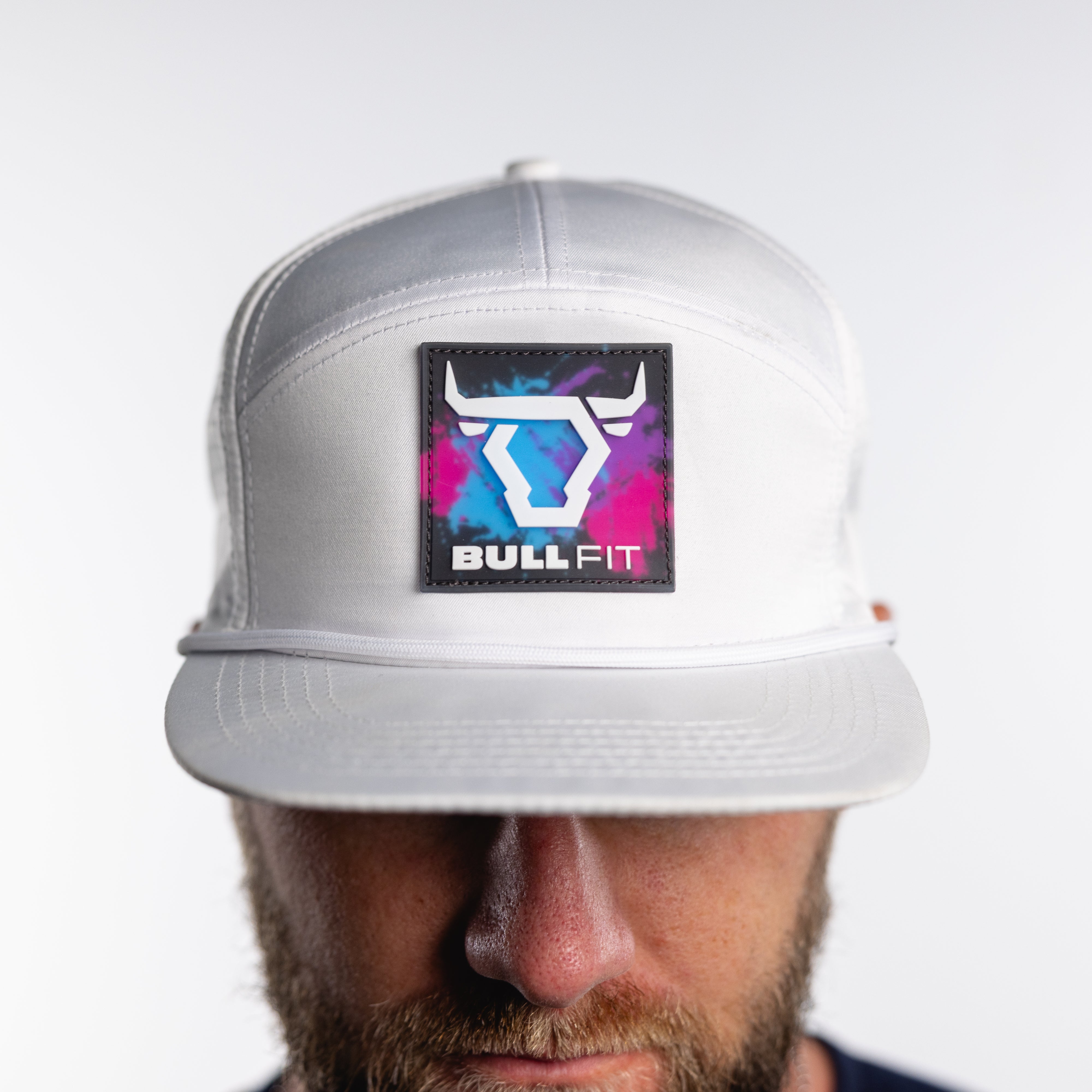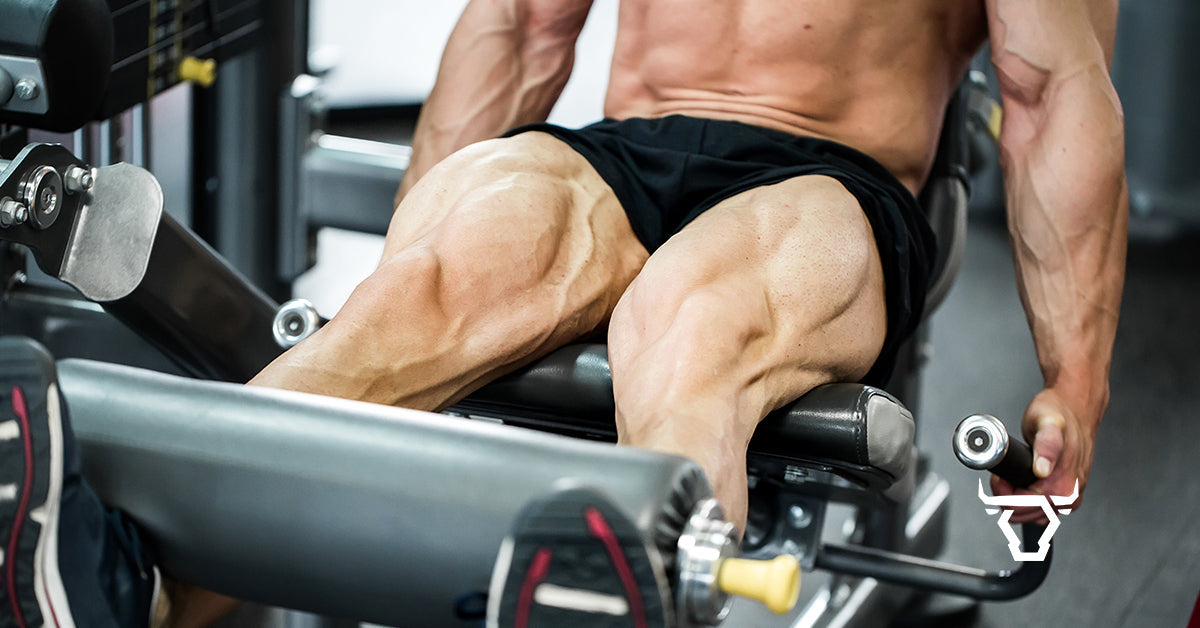When it comes to leg day, one muscle group gets the spotlight: the quadriceps. The quads are the large four-part muscles at the front of your thighs that help you squat, run, jump, and stabilize almost every movement. Not only are they a key player in lower body strength, but they’re also one of the most visible muscles, making them a fan favorite in the gym. A well-developed set of quads screams power, athleticism, and balance.
In this post, we’ll break down why training your quads is so important, common mistakes people make, and then give you an at-home quad workout, a gym quad workout, and even a week-long plan for beginner-friendly programming.
Quad Anatomy 101
Your quads are made up of four muscles:
-
Rectus femoris – runs down the center of the thigh and also helps with hip flexion.
-
Vastus lateralis – the outer quad, giving the thighs that wide, powerful look.
-
Vastus medialis (VMO) – located near the inside of the knee, often called the “tear drop” muscle.
-
Vastus intermedius – hidden beneath the rectus femoris, but crucial for overall strength.
Training all angles of your quads ensures balanced development, strength, and aesthetics.
Why Training Quads is Essential
-
Boosts Lower Body Power: Strong quads translate into faster sprints, higher jumps, and better explosive strength.
-
Balances Leg Development: Many lifters overemphasize hamstrings or glutes. Neglecting quads leads to muscle imbalances.
-
Supports Everyday Life: From getting off the floor to carrying groceries up the stairs, quads are engaged constantly.
-
Protects Your Knees: Well-trained quads stabilize the kneecap and reduce the risk of injury.
Common Mistakes in Quad Training
-
Not Going Deep Enough in Squats – Half-reps limit quad activation. Aim for at least parallel, ideally below.
-
Using Too Much Weight – Loading the bar heavy with poor form shifts stress to the lower back instead of the quads.
-
Neglecting Single-Leg Work – Bulgarian split squats and lunges fix imbalances and build stability.
-
Skipping Time Under Tension – Slow, controlled reps (especially the lowering phase) spark growth.
-
Training Only Once a Week – For most lifters, quads benefit from being hit 2x per week.
Training Guidelines for Quad Growth
-
Reps & Sets: For strength, aim for 4–6 reps. For hypertrophy (muscle size), 8–15 reps per set is ideal.
-
Frequency: Train quads 1–2 times per week depending on recovery.
-
Rest Periods: 90 seconds for hypertrophy, 2–3 minutes for strength work.
-
Progressive Overload: Add small amounts of weight, increase reps, or slow down your tempo over time to keep muscles growing.
At-Home Quad Workout (1 Day Plan)
Warm-Up (5 minutes)
-
Bodyweight squats x 15
-
High knees (30 seconds)
-
Walking lunges x 10 each leg
Workout
-
Squat Holds – 3 sets of 45 seconds
-
Jump Squats – 3 sets of 12
-
Bulgarian Split Squats – 3 sets of 12 each leg
-
Step-Ups – 3 sets of 12 each leg
-
Pulse Squats – 3 sets of 15
Finisher: 100 bodyweight squats for time
Gym Quad Workout (1 Day Plan)
Warm-Up (5 minutes)
-
Light cycling or stair stepper
-
Air squats x 15
Workout
-
Barbell Back Squats – 4 sets of 8–10
-
Leg Press (feet low on platform) – 4 sets of 12–15
-
Walking Lunges with Dumbbells – 3 sets of 12 each leg
-
Leg Extensions – 3 sets of 15 (pause at the top)
-
Hack Squats or Front Squats – 3 sets of 8–10
Finisher: Sled push or leg press drop set
Beginner-Friendly Quad & Leg Week Plan
If you’re just starting out, here’s a simple 7-day layout that prioritizes quad growth without overtraining:
-
Day 1: Quad-Focused Strength (Gym or At-Home Option)
Heavy compound moves like squats or split squats. -
Day 2: Upper Body Push (Chest, Shoulders, Triceps)
Keeps balance while letting legs recover. -
Day 3: Active Recovery / Mobility
Light cardio, yoga, or mobility drills. -
Day 4: Full Lower Body (Quads, Glutes, Hamstrings)
Mix squats, lunges, RDLs, and hip thrusts for balanced development. -
Day 5: Upper Body Pull (Back, Biceps)
Keeps recovery split balanced. -
Day 6: Conditioning / Plyometrics (Optional)
Box jumps, sled pushes, or HIIT cardio—quads still get engaged. -
Day 7: Rest or Active Recovery
Walking, foam rolling, or light stretching.
👉 This schedule ensures your quads are trained twice per week (once directly, once as part of a full leg day) while still allowing for recovery and total-body progress.
Tips for Quad Growth & Recovery
-
Prioritize progressive overload.
-
Don’t ignore mobility—tight hips can hold back squat depth.
-
Train quads at least 1–2 times per week for best results.
-
Stretch and foam roll post-workout to aid recovery.
-
Fuel with enough protein and carbs to support muscle growth.
Read more
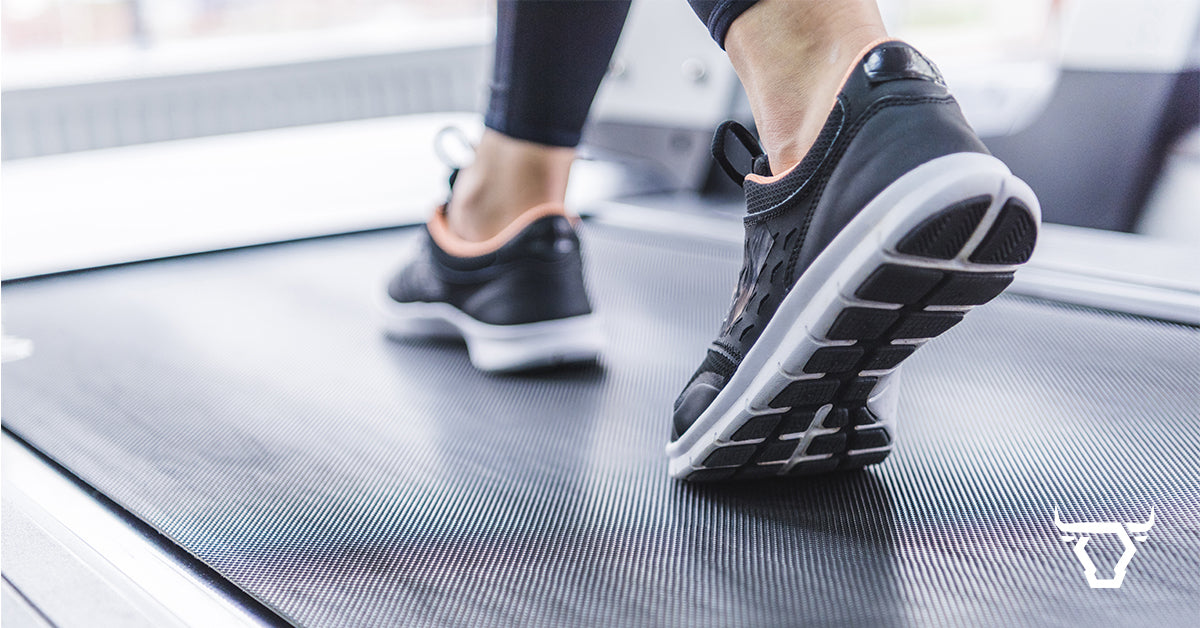
Discover the power of Zone 2 cardio—moderate intensity training at 60–70% of your max heart rate. Learn how it boosts fat metabolism, builds endurance, prevents burnout, and get a beginner’s weekly...
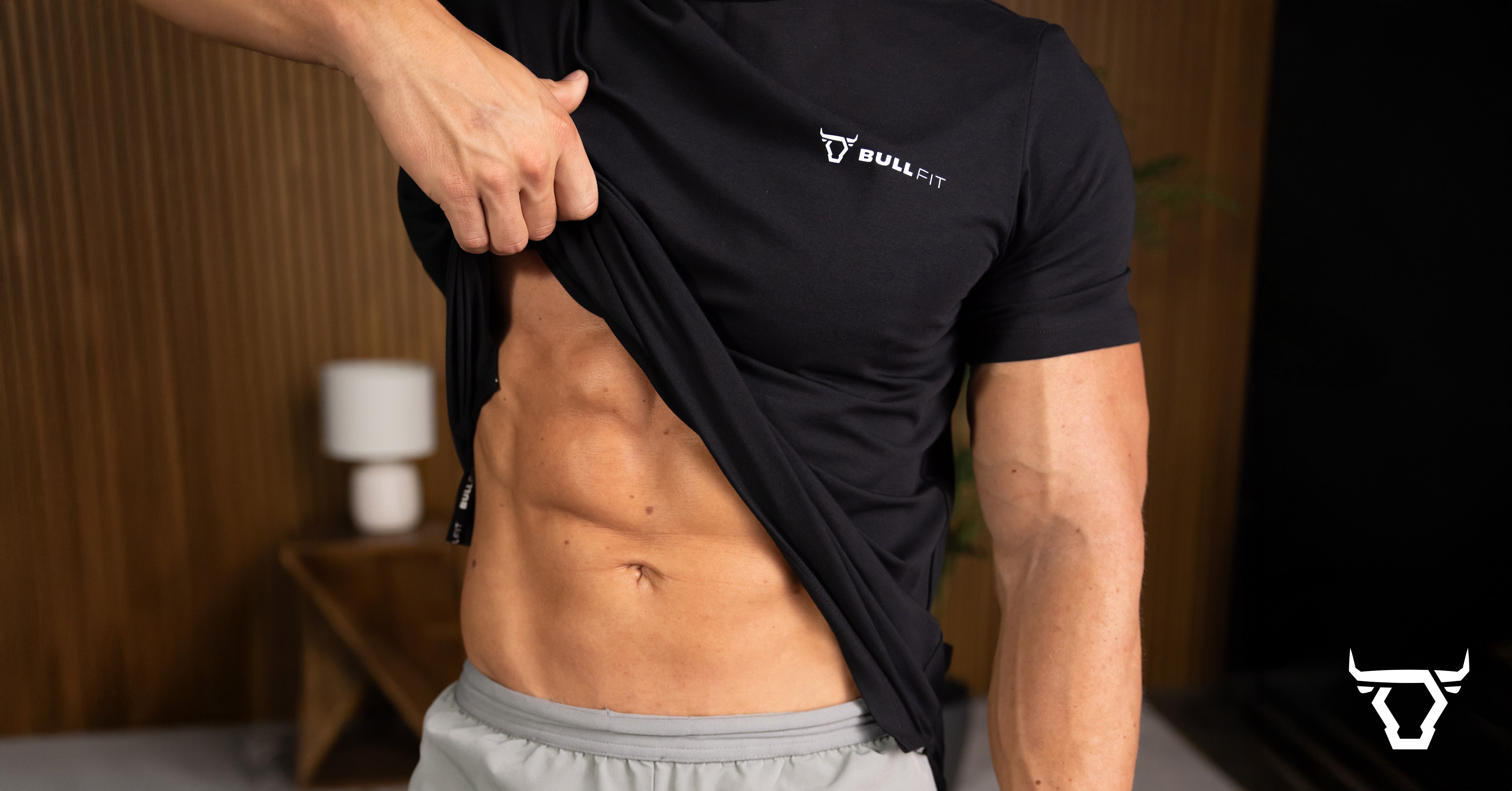
Stay fit this winter! Discover how to prepare now, crush indoor workouts, and keep a beach-body mindset—even in the snow.
